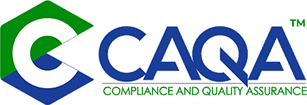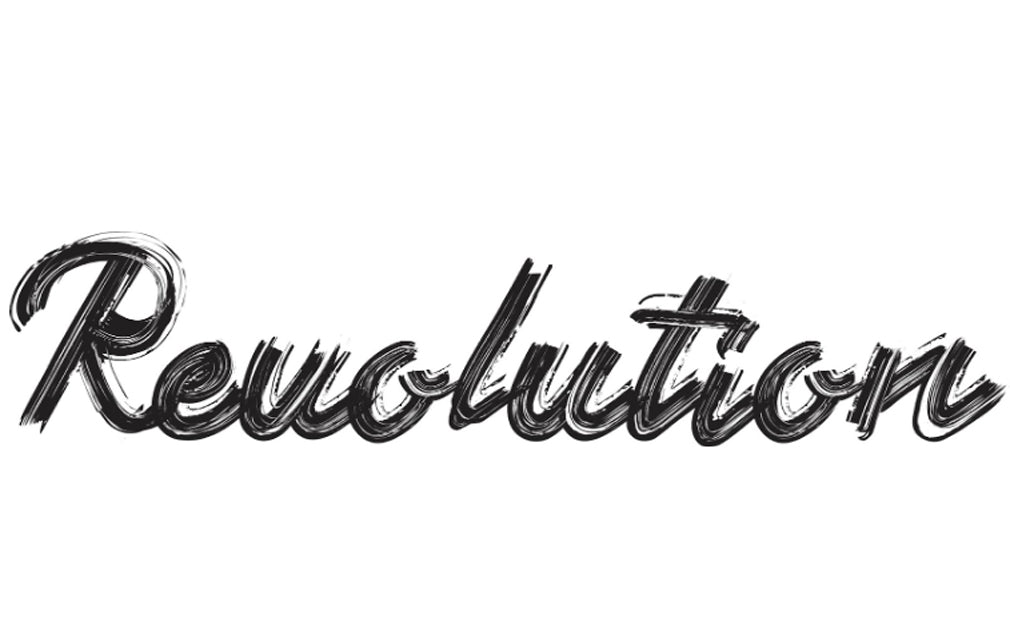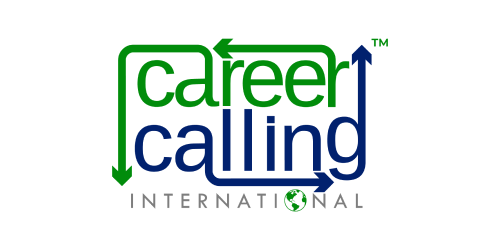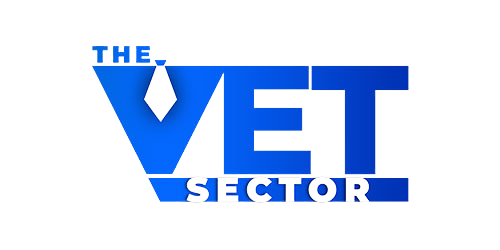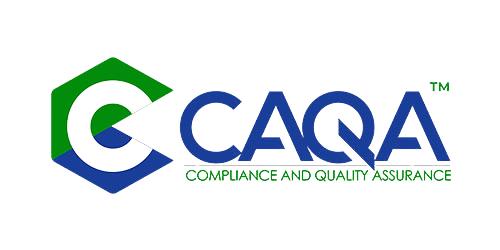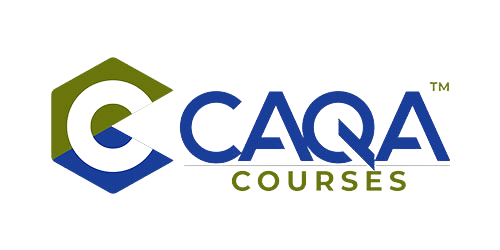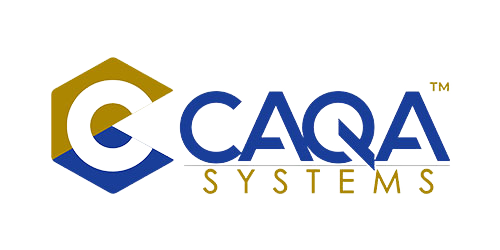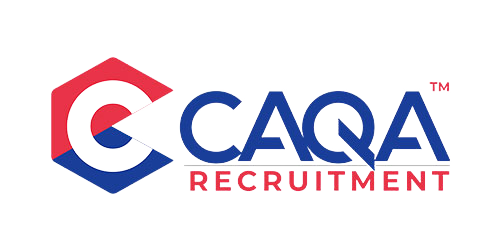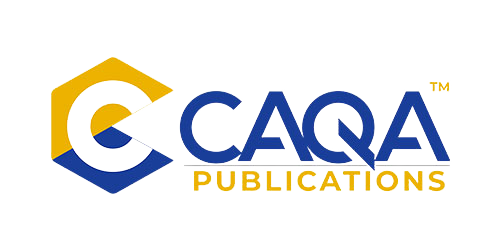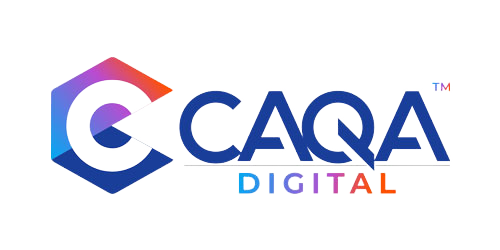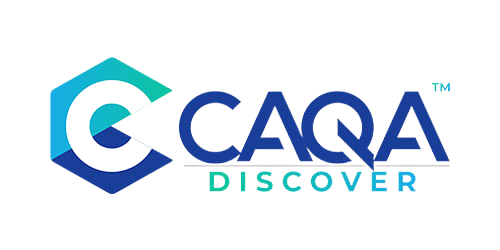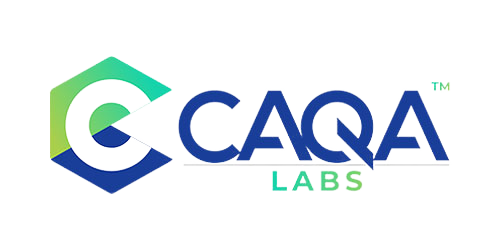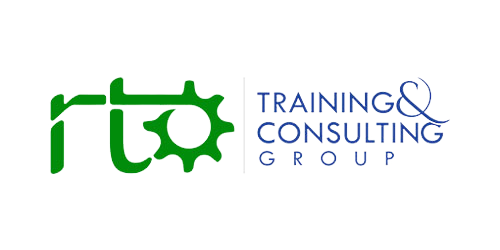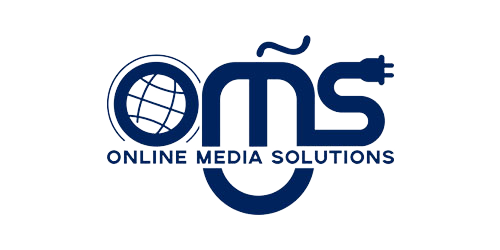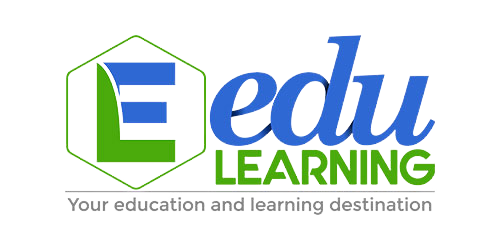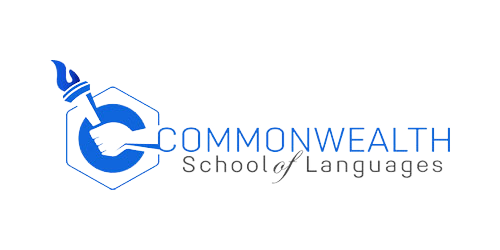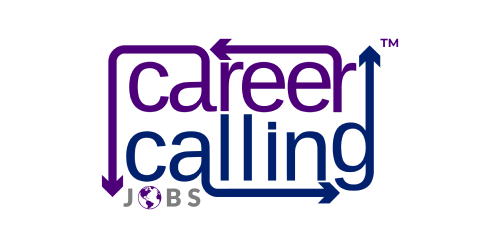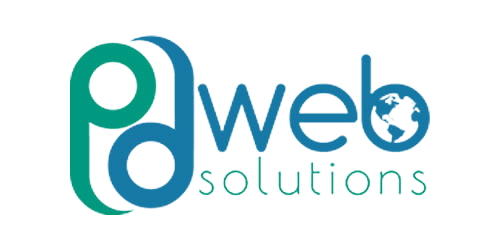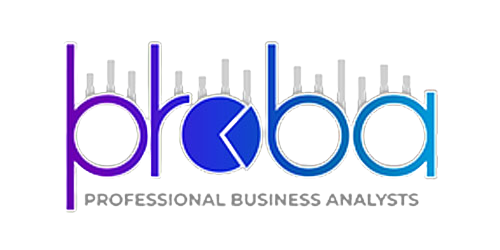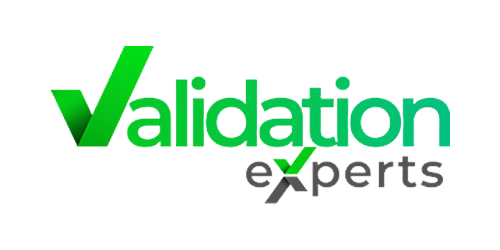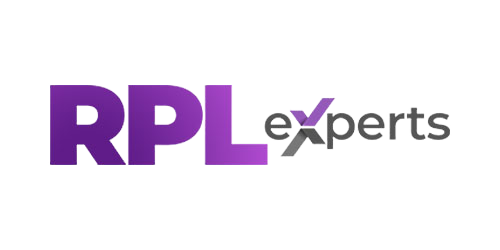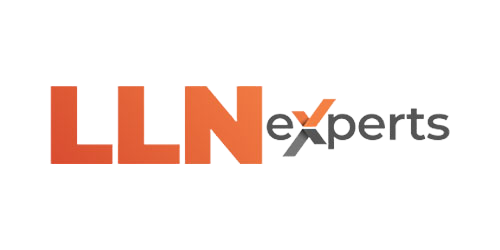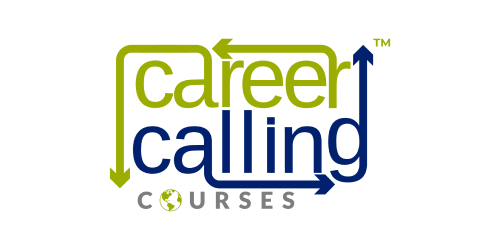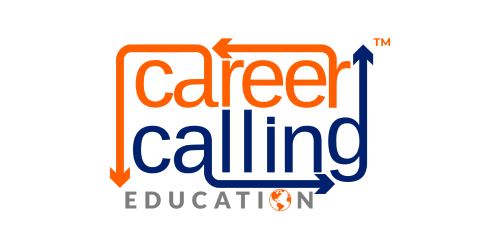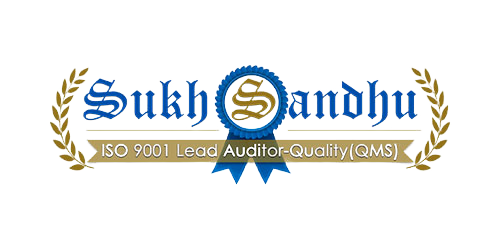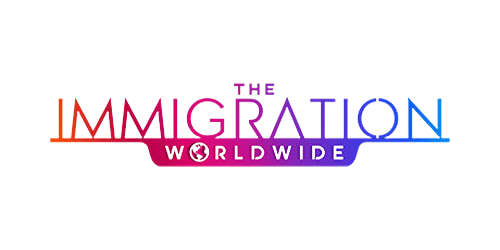THE COMPLIANCE APOCALYPSE: WHY JULY 2025 WILL OBLITERATE EVERYTHING YOU KNOW ABOUT RTO GOVERNANCE
The Australian vocational education and training (VET) sector stands at the precipice of unprecedented transformation. From 1 July 2025, RTOs nationwide will face a regulatory tsunami as the new Standards for RTOs 2025 take effect, marking not merely an update to existing frameworks but a fundamental reimagining of what quality, compliance, and effective leadership in the sector should look like. This seismic shift demands immediate attention and strategic preparation from every training organisation that intends to survive and thrive in this new landscape.
The 2025 Standards represent a paradigm shift from process-driven compliance to outcome-focused quality assurance. After nearly a decade under the Standards for RTOs 2015—a framework that gradually devolved into mechanical box-ticking and administrative burden—the sector is being forcefully redirected toward what truly matters: demonstrable outcomes for learners, tangible value for industry partners, and authentic contributions to workforce development.
|
Transition period: Any initial RTO registration applications submitted on or after 1 May 2025 must comply with the revised Standards. Applications before this date may still require additional evidence to meet the new requirements if not finalised by 1 July 2025. For more information, please visit Transitioning to the revised standards | Australian Skills Quality Authority (ASQA) |
DEMOLISHING THE COMPLIANCE CHECKBOX: THE END OF ADMINISTRATIVE THEATRE
The current compliance paradigm, characterised by voluminous policies gathering dust in digital folders and perfunctory processes designed solely to satisfy auditors, is about to be demolished. The 2025 Standards brutally dismantle this administrative theatre, replacing it with a framework that demands authenticity, evidence of impact, and a genuine culture of continuous improvement.
This transition away from checkbox compliance is not merely philosophical—it has profound practical implications. RTOs can no longer hide behind meticulously formatted documentation that bears little relation to their actual practices. Instead, they must demonstrate that quality permeates every aspect of their operations, from governance decisions to classroom experiences.
The implications are stark: RTOs that have invested in impressive compliance archives rather than genuine quality systems will find themselves dangerously exposed when the new standards take effect. Those that have maintained a disconnect between documented policies and actual practices face an existential threat under the new outcome-focused regime.
THE GOVERNANCE REVOLUTION: LEADERSHIP UNDER THE MICROSCOPE
Perhaps the most explosive element of the new standards is the elevation of governance and leadership to centre stage in the compliance framework. The 2025 Standards thrust unprecedented responsibility onto governing persons, demanding that they serve as active custodians of organisational culture, ethics, and educational quality.
CROSSING THE LEADERSHIP RUBICON: NO RETURN TO PASSIVE GOVERNANCE
Under the new standards, RTO leadership can no longer operate at arm's length from quality and compliance matters. The era of delegating these "operational concerns" solely to compliance managers while the board focuses exclusively on financial performance has come to an end. The updated standards explicitly demand that governing persons take direct and active responsibility for critical aspects of their organisation's operations.
This includes creating and sustaining an inclusive organisational culture where diversity is not just acknowledged but genuinely valued as a cornerstone of the organisation’s ethos. Leaders must ensure that integrity, fairness, and transparency are embedded in every layer of service delivery, from how policies are shaped to how staff and learners interact daily. Furthermore, there is a heightened emphasis on safeguarding cultural safety for First Nations staff and learners, ensuring that their unique perspectives, histories, and needs are respected and protected in all environments. Leaders must also implement robust mechanisms to protect all participants, including staff and students, from harassment, discrimination, or any form of harmful behaviour, fostering a safe and supportive workplace and learning environment.
This represents a profound and irrevocable shift in accountability for governing bodies of RTOs. Those in leadership roles who have traditionally viewed compliance as an operational issue to be handled by middle management, rather than a strategic priority requiring their direct involvement, will need to rapidly recalibrate their approach. Failing to do so could result in significant reputational, operational, and legal consequences for their organisation. The leadership Rubicon has been crossed—there is no going back to the model of passive governance. Leaders must now adopt a hands-on, proactive approach to ensure their organisations meet these elevated standards, demonstrating a genuine commitment to quality, compliance, and ethical responsibility.
THE ETHICS RENAISSANCE: VALUES RETURN TO CENTRE STAGE
The 2025 Standards signal a powerful resurgence of ethics, values, and principles in VET regulation. Previous frameworks included references to diversity and ethics that were gradually diluted in favour of more generic legislative language. The new standards reverse this trend, bringing explicit values back to the forefront of compliance requirements.
This renaissance of ethics manifests particularly strongly in requirements related to diversity, inclusion, and cultural safety. RTOs must now demonstrate not just technical compliance with anti-discrimination legislation, but active commitment to creating genuinely inclusive learning and working environments. Special emphasis is placed on cultural safety for First Nations peoples and appropriate support for learners living with disability.
This elevation of ethics from implicit expectation to explicit requirement represents one of the most fundamental shifts in the regulatory landscape. RTOs that have maintained genuine ethical commitments will find validation in this change; those that have allowed values to become mere marketing rhetoric face a challenging adjustment.
THE EVIDENCE IMPERATIVE: PROVING THE UNPROVABLE
One of the most daunting challenges presented by the new standards is the requirement to provide tangible evidence of intangible qualities like organisational culture, leadership commitment, and ethical practice. While previous standards focused primarily on documented policies and procedures, the 2025 Standards demand proof that these values are lived realities within the organisation.
BEYOND DOCUMENTATION: THE SEARCH FOR CULTURAL ARTIFACTS
Auditors examining compliance with governance and cultural requirements may look beyond traditional evidence sources to what anthropologists would call "cultural artifacts"—the visible manifestations of organisational values in daily practice. These might include:
-
Position descriptions that explicitly require senior leaders to champion diversity and inclusion
-
Comprehensive cultural awareness training programs not just for frontline staff, but for governing persons
-
Induction processes that clearly communicate organisational values to both staff and students
-
Ongoing support mechanisms that keep diversity and cultural safety at the forefront of organisational consciousness
-
Evidence that approaches to inclusion are meaningfully tailored to the specific context and stakeholder needs of the individual RTO
The challenge here is substantial: how does an organisation prove that its cultural commitments extend beyond rhetoric? How can leaders demonstrate that values like inclusion and integrity truly inform their decisions and actions? These questions have no simple answers, but RTOs that fail to address them risk significant compliance challenges.
THE AUDIT EVOLUTION: FROM DOCUMENT REVIEW TO CULTURAL ANALYSIS
The shift toward evidencing culture and values necessarily implies a parallel evolution in audit approaches. Traditional document-centric audits cannot effectively assess whether an organisation genuinely embodies the values it espouses. Auditors may increasingly rely on methods drawn from fields like organisational psychology and cultural anthropology, including:
-
Structured interviews with staff and students to gauge their lived experience of organisational culture
-
Observation of organisational practices in real-time settings
-
Analysis of how decisions are made, particularly when values and commercial imperatives come into tension
-
Review of how feedback is solicited, processed, and acted upon, especially from marginalised stakeholders
This presents challenges for both RTOs and auditors. RTOs must become adept at identifying and preserving evidence of cultural commitments that they may previously have taken for granted. Auditors must develop new skills and methodologies to assess qualities that resist quantification. The resulting dialogue between RTOs and regulators will likely be more complex, nuanced, and potentially contentious than under previous frameworks.
THE QUALITY QUADRANT: NAVIGATING THE NEW OUTCOME STANDARDS
|
Four Quality Pillars: The new standards are organised around four key quality areas:
|
The heart of the 2025 Standards lies in their reorganisation around four key quality areas that collectively define what "good" looks like in vocational education and training. These four pillars provide a comprehensive framework for assessing RTO performance:
PILLAR 1: TRAINING AND ASSESSMENT EXCELLENCE
The core business of every RTO—delivering effective training and conducting valid assessment—remains central to the new standards, but with a crucial difference: excellence is now defined by outcomes rather than processes. RTOs must demonstrate not just that they have appropriate systems and qualified trainers, but that these translate into authentic learning experiences that prepare graduates for workplace success.
Auditors may examine evidence, including:
-
Assessment validation records that focus on authentic workplace alignment
-
Trainer professional development that enhances industry currency and pedagogical effectiveness
-
Evidence that assessment practices rigorously validate competence while accommodating diverse learner needs
-
Feedback from graduates and employers confirms that training develops genuine workplace capabilities
PILLAR 2: STUDENT-CENTRED SUPPORT SYSTEMS
The second pillar recognises that quality training requires more than effective classroom practice—it demands holistic support systems that enable diverse learners to succeed. RTOs must provide structured, proactive services that identify and address barriers to achievement throughout the learning journey.
Evidence in this domain may include:
-
Comprehensive pre-enrollment processes that identify support needs early
-
Individualised learning plans that address specific barriers and capitalise on learner strengths
-
Accessible support services that accommodate diverse needs, including those related to cultural background, disability, or socioeconomic factors
-
Proactive identification of at-risk learners and timely intervention strategies
PILLAR 3: DYNAMIC INDUSTRY ENGAGEMENT
The third pillar directly addresses one of the most persistent criticisms of the VET sector: the gap between training content and workplace realities. The 2025 Standards demand evidence of genuine, ongoing industry connections that ensure training remains relevant and responsive to evolving workplace demands.
Auditors may seek evidence of:
-
Structured industry consultation processes that inform training design and delivery
-
Regular review and updating of training content based on industry feedback
-
Meaningful work placement opportunities that bridge theory and practice
-
Industry participation in assessment validation to ensure workplace relevance
PILLAR 4: TRANSPARENT INFORMATION AND ETHICAL MARKETING
The final pillar focuses on the integrity of information provided to prospective students and other stakeholders. RTOs must demonstrate that their marketing and information practices create realistic expectations, enable informed choices, and prioritise student interests over organisational growth.
Evidence requirements may include:
-
Marketing materials that accurately represent training requirements and outcomes
-
Enrollment processes that ensure informed consent
-
Transparent communication about fees, refunds, and financial obligations
-
Ethical practices in student recruitment that prioritise appropriate placement over maximising enrollments
Collectively, these four pillars establish a comprehensive framework for assessing RTO quality that extends far beyond mere regulatory compliance. They define excellence in terms of actual impact on learners, industry, and the broader community—a fundamental shift from the process orientation of previous standards.
SELF-ASSURANCE: THE NEW FRONTIER OF QUALITY MANAGEMENT
Perhaps the most transformative aspect of the 2025 Standards is their emphasis on self-assurance as the primary mechanism for quality management. This represents a profound shift from reactive compliance (addressing issues when identified by auditors) to proactive quality assurance (systematically identifying and resolving issues before they impact outcomes).
|
RTOs must now demonstrate how their training benefits students and employers, not just that they followed procedures. |
FROM EXTERNAL VALIDATION TO INTERNAL EXCELLENCE
The self-assurance paradigm fundamentally reorients an RTO's relationship with compliance. Rather than viewing quality assurance as an externally imposed obligation, organisations are encouraged to develop mature quality systems that continuously monitor and improve performance as a matter of course. This approach:
-
Embeds a "Plan – Do – Check – Act" cycle into daily operations
-
Normalises continuous reflection and improvement rather than periodic compliance pushes
-
Shifts the focus from preparing for audits to continuously enhancing outcomes
-
Distributes responsibility for quality across the organisation rather than concentrating it in compliance roles
For RTOs that have historically approached compliance as a cyclical exercise driven by audit schedules, this represents a seismic shift in orientation. The new paradigm demands continual vigilance and improvement rather than periodic bursts of compliance activity.
THE RISK-INTELLIGENCE IMPERATIVE
Central to effective self-assurance is the development of sophisticated risk management capabilities. The 2025 Standards expect RTOs to adopt a risk-based approach that focuses resources where they will have the greatest impact on quality outcomes. This requires:
-
Systematic identification of factors that might compromise quality
-
Targeted controls that mitigate high-priority risks
-
Proportionate monitoring based on risk profiles, with higher-risk areas receiving more intensive oversight
-
Adaptive responses that evolve as risk profiles change
This risk-intelligence approach represents a more mature and nuanced approach to quality management than the one-size-fits-all compliance models that have dominated the sector. It acknowledges that RTOs operate in diverse contexts with different risk profiles and allows organisations to tailor their quality systems accordingly, provided they can demonstrate that their approach effectively safeguards quality outcomes.
|
Leadership and governing persons are now explicitly responsible for organisational culture, ethics, and quality-not just compliance managers. |
TRANSITIONING TO TRIUMPH: STRATEGIC PREPARATION FOR JULY 2025
With the enforcement date of 1 July 2025 rapidly approaching, RTOs face a critical strategic challenge: how to transform their compliance approaches while maintaining operational effectiveness. This transition requires careful planning, strategic resource allocation, and comprehensive change management.
THE TRANSFORMATION ROADMAP: PLANNING FOR SUCCESS
Effective transition begins with structured planning that:
-
Establishes clear timelines working backward from the enforcement date
-
Prioritises high-risk or high-impact areas for immediate attention
-
Identifies dependencies between different compliance elements
-
Allocates adequate resources for both planning and implementation
-
Builds in regular progress reviews to identify and address bottlenecks
RTOs that approach the transition as a strategic project rather than a compliance exercise will be better positioned to manage the transformation effectively while maintaining operational focus.
THE POLICY PARADOX: EVOLUTION, NOT REVOLUTION
One common misconception about the transition is that it requires discarding all existing policies and procedures and starting from scratch. In reality, most RTOs will find that their existing compliance frameworks contain valuable elements that can be evolved rather than replaced. The key is to:
-
Critically review existing policies through the lens of the new standards
-
Retain effective elements while discarding unnecessary bureaucracy
-
Realign documentation to clearly connect with outcome standards
-
Simplify processes where possible to focus on what truly impacts quality
This evolutionary approach not only reduces the resource burden of transition but also helps maintain operational continuity through the change process.
THE CULTURAL CULTIVATION CHALLENGE
Perhaps the most profound aspect of the transition involves shifting organisational culture from compliance-focused to quality-focused. This cultural transformation cannot be achieved through policy changes alone—it requires concerted effort to reshape mindsets and behaviours throughout the organisation. Successful cultural cultivation typically involves:
-
Visible leadership commitment that models the desired cultural attributes
-
Clear communication about why culture matters under the new standards
-
Opportunities for staff to engage with and internalise new values
-
Recognition and celebration of behaviours that exemplify the desired culture
RTOs that neglect this cultural dimension of the transition may achieve surface compliance but will struggle to demonstrate the genuine quality culture that the new standards demand.
|
The Standards for RTOs 2025 mark a revolutionary, not evolutionary, change for Australia’s VET sector. The focus is now on genuine quality, lived values, and continuous improvement backed by clear, measurable outcomes for learners and industry. RTOs must act now to align culture, governance, and practice with the new regime, or risk being left behind. |
CONCLUSION: EMBRACING THE QUALITY REVOLUTION
The Standards for RTOs 2025 represent more than a regulatory update—they signal a fundamental reimagining of what quality means in vocational education and training. By shifting focus from processes to outcomes, from documentation to culture, and from external validation to self-assurance, the new standards have the potential to transform the sector in profound ways.
The organisations that will thrive under this new regime are those that embrace rather than resist the shift—those that see in these changes an opportunity to align regulatory requirements with their own aspirations for educational excellence. By viewing compliance not as a burden but as a framework for continuous improvement, forward-thinking RTOs can position themselves not just to meet the new standards but to exceed them.
The countdown to July 2025 has begun. The question facing every RTO is not simply whether they will be compliant when the deadline arrives, but whether they will have embraced the opportunity to fundamentally reimagine how they approach quality, governance, and educational excellence. Those that rise to this challenge will be positioned not just to survive the regulatory transition but to lead the sector into a new era of vocational education defined by genuine quality, ethical leadership, and transformative outcomes for learners and industry alike.
The revolution has begun. The only question is whether your organisation will be leading the charge or struggling to catch up.
